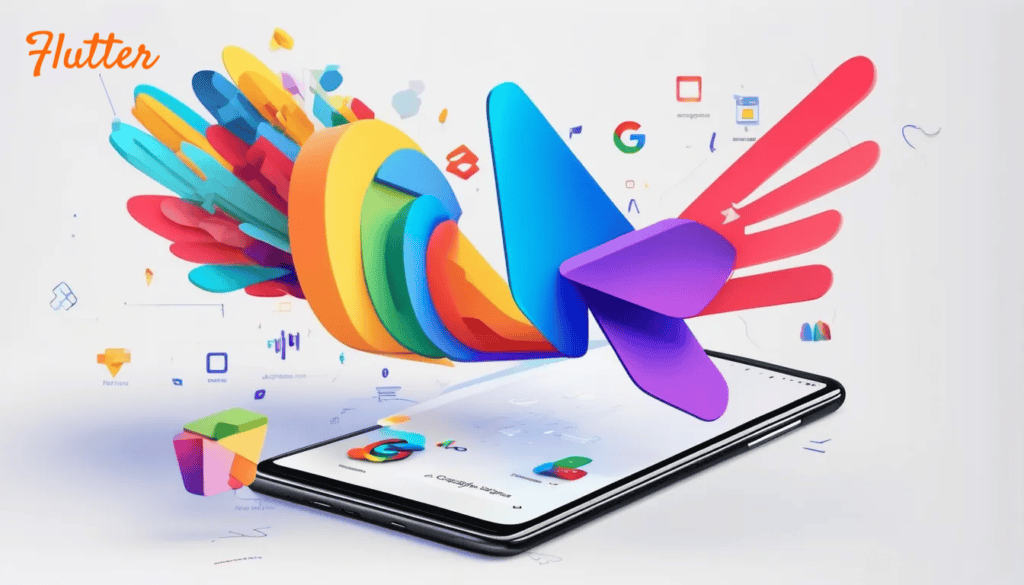An application is a common thing to be used in this digital era. It written of line by line of codes, larger and larger, and be a whole working application. But how exactly it works? This is the simple explanation.
Concept Overview
The journey of a single line of code to a fully functional system is a fascinating process that showcases the synergy of technology, logic, and creativity. At its core, programming starts with a simple instruction or algorithm, written in a specific programming language. This code acts as a blueprint for a computer to perform a specific task. When combined with other lines of code, it becomes part of a larger structure that can solve complex problems. Each line contributes to a small piece of the puzzle, working collaboratively to achieve a unified purpose.
Explanation with code
Once written, the code undergoes a transformation process to be understood by machines. This begins with compilation or interpretation, depending on the programming language used. Compilers translate the high-level human-readable code into machine code or binary, which the computer can execute. Interpreted languages, on the other hand, convert and execute code line-by-line in real time.
For instance, consider this Flutter example:
import 'package:flutter/material.dart';
void main() {
runApp(MyApp());
}
class MyApp extends StatelessWidget {
@override
Widget build(BuildContext context) {
return MaterialApp(
home: Scaffold(
appBar: AppBar(
title: Text('Hello Flutter!'),
),
body: Center(
child: Text('Hello, World!'),
),
),
);
}
}Here, the MyApp widget provides the blueprint for the UI. The runApp function interprets this blueprint and renders it on the screen.
Integrate with services
The compiled or interpreted code is then integrated into larger systems through frameworks, libraries, and APIs. Frameworks provide predefined structures and functionalities, enabling developers to focus on building unique features without reinventing the wheel. Libraries offer reusable pieces of code to perform specific tasks, while APIs facilitate communication between different components or systems. For example, a single line of code might utilize an API call to retrieve data from a remote server:
import 'package:flutter/material.dart';
import 'package:http/http.dart' as http;
import 'dart:convert';
void main() {
runApp(MyApp());
}
class MyApp extends StatelessWidget {
@override
Widget build(BuildContext context) {
return MaterialApp(
home: Scaffold(
appBar: AppBar(
title: Text('API Example'),
),
body: Center(
child: FutureBuilder(
future: fetchData(),
builder: (context, snapshot) {
if (snapshot.connectionState == ConnectionState.waiting) {
return CircularProgressIndicator();
} else if (snapshot.hasData) {
return Text(snapshot.data.toString());
} else {
return Text('Error fetching data');
}
},
),
),
),
);
}
}
Future<String> fetchData() async {
final response = await http.get(Uri.parse('https://api.example.com/data'));
if (response.statusCode == 200) {
return json.decode(response.body)['message'];
} else {
throw Exception('Failed to load data');
}
}This snippet demonstrates how a Flutter application fetches and displays data from a server, becoming part of a larger interactive system.
Unit Testing
Testing and deployment mark the transition from code to a working system. During testing, developers ensure that the code performs as expected under various conditions and integrates seamlessly with other components. Automated testing tools and unit tests often check individual lines of code for correctness. For example:
import 'package:flutter_test/flutter_test.dart';
int add(int a, int b) {
return a + b;
}
void main() {
test('Addition test', () {
expect(add(2, 3), 5);
});
}Here, a simple test ensures that the add function works correctly. After passing such tests, the system is deployed to real-world environments where it serves its intended purpose, whether as a mobile app, a web application, or an embedded system.
Finally, the lifecycle of a working system involves continuous monitoring, updates, and scaling. Developers often revisit the code to improve performance, fix bugs, or add new features. Through version control systems like Git, they can track changes and collaborate efficiently. Over time, what started as a simple line of code evolves into a robust, scalable system that drives innovation and serves users worldwide. This process highlights the incredible transformation that begins with a single instruction and culminates in a system capable of transforming industries and lives.
For learning more about flutter concept, follow official documentation here https://flutter.dev
Or you can follow this simple tutorial here.


